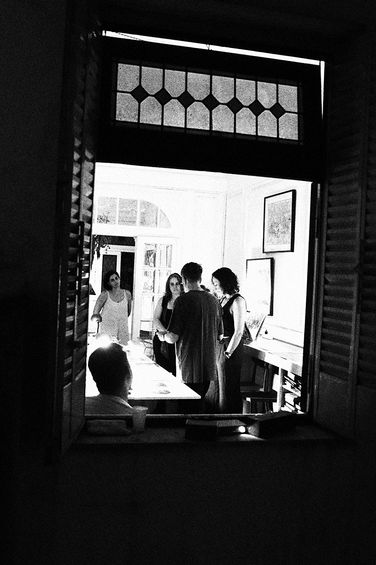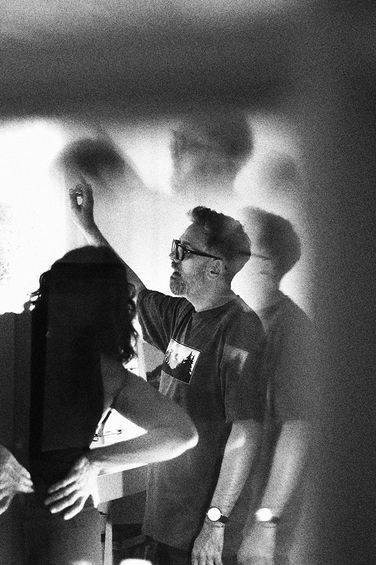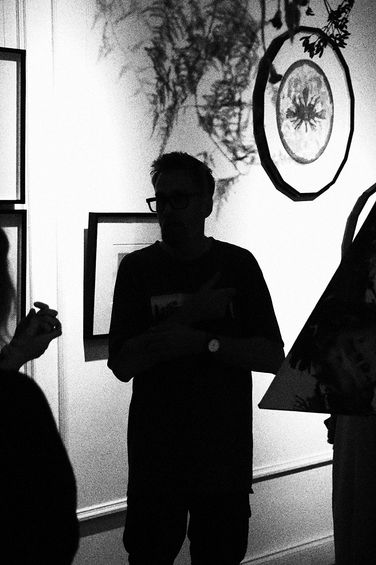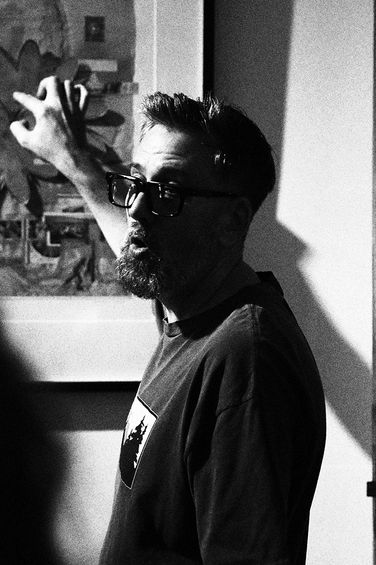2024
Lost in metaphors
show
What do we observe first in a work? The image or the material that constitutes it?
Although this approach leaves out a significant factor such as technique, we will begin from this question to address Santiago Estellano's most recent works.
Text: Cecilia Medina
Curator: Carolina Chocron
Through lines that overlap some distinctive element of a geography or some characteristic of the social group that lives there, the first sensation is that we are faced with an invitation to explore cities. In another group of works, nature unfolds and retreats within itself through geometry, through a gesture of magnitude on the plane that takes us from the forest to the tree and from the latter to the first, at a rhythm that will be marked by the curiosity of each viewer.
His concern for the environment and environmental transformations sparked his interest in reading authors such as James Lovelock. Aware of his responsibility in the way we inhabit this planet, it is clear that as he deepens his research into nature, it becomes the thematic axis that runs through his body of work.
The designer's instinct guided his analysis of the behavior of our planet, serving as the starting point for the emergence of multiple images that make the consolidation of collage the technique he uses in his works understandable. By joining fragments from diverse origins, the image contained in each one imbues the image later contained in the shot with its intrinsic meaning. Materials and provenance may be references the author takes into consideration when deciding its inclusion, the angle of its placement, or whether it will be central to the space. In any case, its meaning will be noticed by the experienced eye of someone who enjoys these challenges.
From the moment Santiago Estellano asked me to write about his work, a literary work came to mind: Orlando, the novel considered Virginia Woolf's most accessible and therefore the one that made her most famous during her lifetime. Its plot explores centuries of history through a single character who changes sex and thus sees the way societies treat men and women, identifying with each other in some circumstances and suffering injustices at other times.
“...Those who like symbols and have the skill to decipher them might observe that although the beautiful legs, the gallant body, and the well-shaped shoulders were all decorated with various shades of heraldic light, Orlando's face, as he opened the window, was illuminated only by the sun…” This paragraph from the novel shows that its protagonist is nothing more than what is seen. Or we could say that his figure—no matter how noble his origins—does not radiate any light from within, but rather needs the sun to make him aware of his presence.
Quite the opposite is true of Estellano's collages, which emanate their own light through the messages that each of their parts—and their senses—reconfigure. The best decision we can make as spectators/visitors is to let our gaze wander across the entire expanse of the image without focusing on any particular point. We should pause to consider the line and the way it subtly connects with color and shape. The composition, which could have been random given the artist's selection of fragments, recognizes in its magnitude the infinite possibility of geometric figures. One by one, they intertwine like a fractal figure that evokes a landscape beyond the limits of the frame.
At this point, the materiality that constitutes the work prevails over technique and even over image. Each fragment represents a part of another whole that is not that of this work, and which, acting in conjunction with another fragment of another whole prior to itself, brings us closer to a new whole with its complexities, ambiguities, and value.
This is why I find much of Orlando in Santiago Estellano's works. It is due to his careful technique, to the different times and worlds he has traversed, that paper has been able to translate into pure and unlimited geometric forms, into figures and compositions that hide much more than what can be seen with the naked eye. Because it also allows us to contemplate without worry or urgency, enabling the possibility of losing ourselves in a universe of allegories where each and every image is real and true, just like the eyes that contemplate them.










